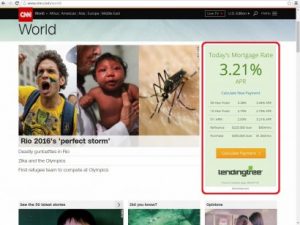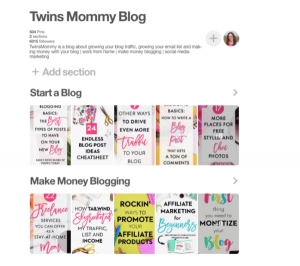I’ve been in the digital publishing space now for more than 10 years and one thing is absolutely clear: the state of the digital publishing is evolving. Now more than ever publishers need to experiment with new tools and ideas if they plan on remaining relevant. It isn’t enough to have a brand name or a few star journalists onboard to make people come to you. In order to find success in this digital landscape, you need to know your audience.
If you know your audience you can tailor your content strategy appropriately. You can also leverage that data to secure the all important advertising dollars necessary to keep your lights on.
But actually getting to know your audience is a lot harder than it sounds. Seriously, the majority of analytics products out there are inherently complicated. Why? Because we’re dealing with numbers? My response to that is: so what?
Most publishers cannot afford to go hire a data scientist to make sense of it all, but really, they shouldn’t have to. Analytics should be like reading a story about what’s going on with your site and its audience. Analytics should be easy so an editor can ask the question: if we write about X how will it affect audience engagement?
As an editor and site owner, I’ve faced a fair amount of challenges over the years but I want to talk about four that are extremely relevant today for every site.
1. Numbers, numbers, everywhere
Most analytics out there are good at providing numbers. But numbers alone lack context. For example, if a post has more page views, does that mean your audience enjoyed it or were engaged by it? Not necessarily.
As publishers we should be focusing less on page views and more on engagement. We should then use engagement data to drive content strategy. Remember: an engaged reader is the most valuable reader.
Analytics products that provide publishers with transparent audience engagement scores for each article on a site by leveraging various data points will succeed where existing analytics products can’t. By allowing publishers to see how engaged its audience was with an article and then have the ability to dive deeper into the data that makes up that engagement score, the easier it will be for publishers to determine how different types of content perform on their site.
2. Advertisers are hungry for data to validate purchasing decisions
Speaking of an engaged reader, gaining access to legitimate audience demographics is extremely difficult for publishers, but is becoming very important. In addition to demographics, knowing what a particular demographic of your audience is interested in and engaging with on your site is becoming more necessary to secure advertisers.
I think the American Press Institute said it best in its article titled “Advertisers buy audiences, not publications or platforms, and data is the key”
“Publishers are traditionally used to selling advertisers space in their publications. But that model is working less and less as major advertisers stop buying publications and start buying audiences.”
“The advertiser on the other end may not know or care which publisher is serving the ad, they only care whom their ad is reaching. They are looking for people with a certain purchase intent, income segment, location, age or other factors.”
We need analytics tools that offer a way to provide legitimate demographic information to publishers. The key word being legitimate, something that a publisher can take to an advertiser and say with certainty that this group of people are on their site. But really, that is just solving one problem: demographics. What would be ideal is to have demographics paired with interest profiles so a publisher could go to an advertiser and say: “On our site, the 18-25 male demographic is really interested in the Apple Watch, Apple iPhone, Xbox One, and Netflix.”
3. How do you keep your readers engaged?
Keeping your audience on your site is a challenge many publishers face. Ideally, you want a reader to finish one article and then click onto something else on your site. The key to solving this challenge will ultimately come down to personalization.
Personalization can occur on two fronts for a publisher. The first is by using audience engagement data to drive content strategy. The second is a more automated way — use technology that leverages audience engagement data to recommend additional content to view.
The future of publishing is no doubt going to be very personalized and as editors, reporters, journalists, bloggers, etc we should be embracing data as a way to learn more about our audience so we can better serve them.
4. What do you write next?
The “what do you write next?” question is one publishers have been trying to crack forever. I believe understanding audience engagement will help publishers figure that out. In the same way technology can recommend content to readers, technology can also recommend topics to publishers to consider writing about.
Just imagine using data to determine what your audience is engaging with on your site to help funnel specific topic ideas into a newsroom that a blogger, journalist, reporter can take and turn into a story.
In addition to understanding your own publication, I think understanding what’s trending on other [similar] publications can be helpful in introducing new topic ideas that may not have been previously considered.
(237)







